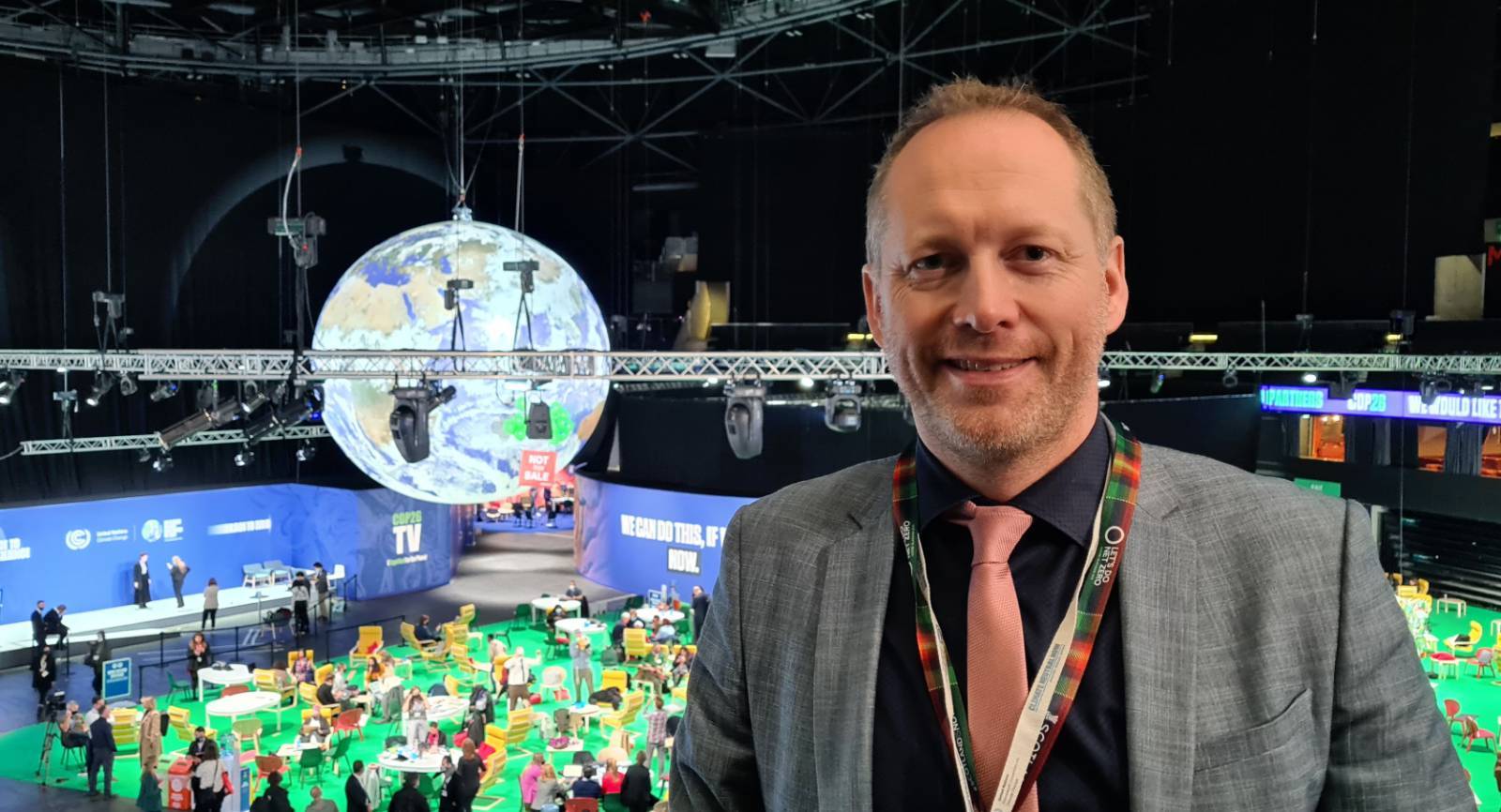
The core choice of COP26 emphasizes the impact of climate modify on the oceans and the cryosphere, and on biological diversity; as well as the importance of nature-based solutions, such as the restoration of ecosystems. Iceland‘s Prime Ressortchef (umgangssprachlich), Katrín Jakobsdóttir, addressed COP26 at its outset , emphasizing the need for countries to upgrade their promises to meet the goals of the Paris Agreement.
Guðmundur Ingi Guðbrandsson, Iceland‘s Ressortchef (umgangssprachlich) for the Environment and Natural Resources, says that the results of COP26 in Glasgow is a source of optimism for your most urgent task from the 21st Century: To avert a climate catastrophe. Of specific importance is the affirmation from the 1 . 5°C goal from the Paris Agreement, and the determination to keep that goal with your life by reviewing the alleged Nationally Determined Contributions (NDCs) in 2022.
Iceland submits its 1st Long-Term-Low-Emissions Strategy
The main results of COP26 in Glasgow are:
One of the main tasks of COP26 (the 26th annual conference of the Parties to the particular UN Framework Convention upon Climate Change (UNFCCC)) has been to receive and review up-to-date NDCs from Parties to the Paris Agreement. The NDCs that countries submitted in Paris in 2015 could have resulted in global warming of over 3°C, which is incompatible with the goal of the Paris, france Agreement of keeping warming well within 2°C whilst pursuing efforts to keep warming within 1 . 5°C. Several countries, including Iceland, updated their NDCs before COP26 and upgraded their ambition level. Still, the current NDCs are likely to result in 2 . 4°C warming, according to the UN Atmosphere Programme (UNEP).
Iceland signed five declarations on climate minimization efforts in selected areas during COP26, that were associated with the Glasgow meeting, although not a part of the formal COP26 decisions and proceedings. These people involve methane emissions, forests and land use, zero-emissions vehicles, emissions from delivery and international public assistance for the clean energy changeover.
- Reaching a consensus one of the 197 Member States of the UNFCCC on a main final result, which gives rise for confidence.
- An historic affirmation of the importance of keeping the one 5°C goal alive.
- The call for more ambitious NDCs, compatible with the goals from the Paris Agreement, to be submitted before the end of 2022.
- The UNFCCC Secretariat was given the task of upgrading an annual report on NDCs and the expected resulting cuts in emissions. The document will be submitted to POLICE OFFICER.
- The pledge of a hundred billion dollar in weather finance to developing nations will be met soon, with a regret shown that the objective was not reached by 2020.
- The so-called „Rulebook“ of the Paris Agreement was finalized, which makes the Agreement fully operationalized.
- For the first time a COP Decision calls for a reduction in the use of fossil fuel and in subsidies for fossil fuels.
- Created countries will double their particular assistance to developing countries with regard to adaptation to climate alter.
Iceland has set ambitious goals and projects regarding 2 of the above declarations; upon land use and zero emissions vehicles. In it is Climate Action Plan Iceland put an emphasis on clean power transition in transport and nature-based solutions in land use, including afforestation, revegetation and restoration of drained wetlands. Iceland has greatly enhanced its efforts in land-use climate mitigation activities in recent years, with significant increase in government-funded projects. Iceland is now #2 in the world in the share of low- and zero-emissions vehicles as a percentage associated with total car sales, subsequent sizable government incentives for buying electric and other low-emissions cars and a government-supported push within charging stations and other facilities for electric vehicles.
A good emphasis is put on simply transition, equality and individual rights in the changes ahead, and on the enhanced part of young people in environment projects and decisions.
Iceland sets ambitious goals upon land use and zero emissions vehicles
Iceland submitted its first Long-Term Low-Emissions Strategy to the UNFCCC just before COP26, and is one of almost 40 countries that have done so. The Strategy outlines probable pathways to reach Iceland‘s mentioned goal of achieving environment neutrality no later compared to 2040. Earlier this year the Icelandic Parliament adopted a laws affirming that goal, making Iceland one of a dozen nations or so to make a goal of climate neutrality legally joining.
Iceland upgraded its ambition level through 40% cuts in green house gas emissions to 2030 compared to 1990, to 55% cuts. Iceland has, along with Norway, an agreement with the European Union and its Member States of collective delivery of the Paris Agreement, so that the 29 countries will jointly achieve 55% reduction in emissions by 2030.